C.A. Quintet | ‘Mickey’s Monkey’ 55 Years Later
Minneapolis’s mysterious C.A. Quintet with its cult classic ‘Trip Thru Hell’ recorded a psychedelic holy grail that’s every bit as darkly terrifying as its title and apocalyptic front cover art imply.
One of the most unique records from the 60s garage rock explosion, ‘Trip Thru Hell’ showcases incredible ideas by this creative bunch of teenagers. Although the band originally began as a standard R&B garage combo, by the time of recording the album the group began experimenting with creepy ideas including screams, and themes about marijuana and the devil. There are three live albums (from the 1971 performance), several record releases and 1995 CD (only legitimate releases other than the 1969 album are on Sundazed record label). I first conducted an interview with Ken Erwin more than a decade ago. Today, 55 years after the release of their single ‘Mickey’s Monkey’ we continued our conversation.
“It was this exact week 55 years ago that this song (our first record ) started playing on radio stations in Minnesota and the Midwest of the United States. So we thought it might be cool to put it up on the channel with a slight remix as a thank you to all the people that have kept our music alive all these years…. If it were not for this record we never would have been able to go one and create the ‘Trip Thru Hell’ album and the other recordings. We were playing that weekend at a club/bar/pub in St Cloud Minnesota at a place called Brickies (it is still there).” Ken Erwin
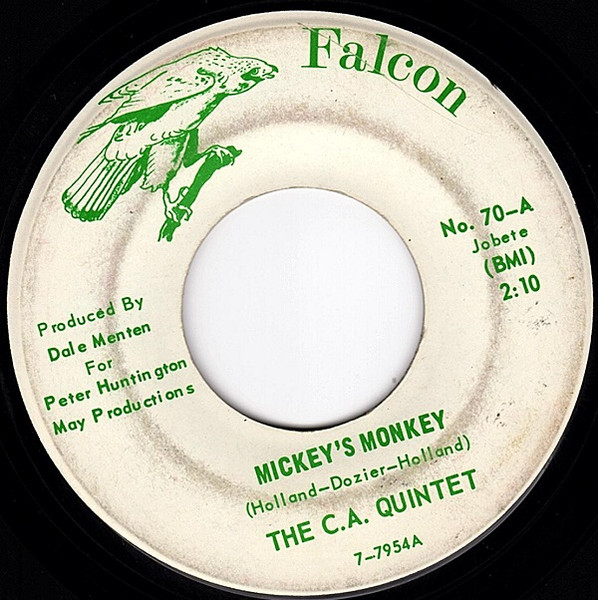
“We knew this would be the last chance that we would ever have to create something”
Where and when was your most memorable gig?
I am not sure I could point to any one single highlight as this was a multi-year non-stop party. One might think that the highlight would have been when we played for thousands of people with acts like Freddie Cannon, (Palisades Park) the James Gang or Kenny Rodgers. But that wasn’t the case at all. We most enjoyed playing the smaller clubs where it was hard to tell where the dance floor ended and the stage began. At those venues the people were as much a part of the entertainment and as we were. They didn’t come to be entertained… they came to be part of the entertainment. Our favorite place to play was a little club called Brickies near St Cloud Minnesota. It was out in the country a few miles from the city. We loved to play there more than any other place. They loved us and we loved them. Even before we had records on the radio, we would play there on Friday and Saturday nights and stay all weekend. When we played there the parking lot was so full that they had to park most of the cars along the highway in both directions for a mile or so. There was a resort right across the parking lot from the club that had a dozen cabins. When we played there, we would rent the whole resort out for the weekend and each of us would have our own cabin and give the rest to friends. When we finished playing at night, the club owner would give us some cases of beer and the whole crowd would stagger across the parking lot from the club to the resort and the party would continue until after the sun came up. Many nights I never figured out which cabin I was assigned to. But it didn’t matter as nobody slept and I don’t think anyone else ever figured out which cabin was theirs either. We went back and played there many times even after we had records on the radio. After the records were on the radio the price our booking agency would charge went up and the owner of Brickies couldn’t afford to pay us that amount. But we didn’t care and played there for the same amount as when we were just starting out. In reality, we would have played there for free. Brickies legally held around 200 people but they would pack in perhaps three or four hundred people. It was a wall-to-wall sea of humanity. The fire marshal never came but I doubt if the place could have caught on fire anyway with all the beer that was spilled everywhere. It took so long to wiggle through the crowd during intermissions that we would climb out the window behind the stage to get some fresh air, have a “smoke” and then climb back in and start playing again. It was the era of Motown and R&B so it was the perfect time to play music to dance to… and we loved to play it. There was one guy called “animal man” who was around six feet nine inches tall and weighed over 300 pounds. He would dance with his hands on the ceiling and when he requested a song, we played it whether we knew it or not… I am not sure he knew the difference as long as we tossed the name of his song in once in a while. I turned 21 on that stage and was forced to chug (drink without stopping) a pitcher of beer while the crowd chanted “chug chug chug” …. There was no getting out of that one. It was perhaps the hardest thing I ever had to do in my life … and also one of the things that I am most proud of.
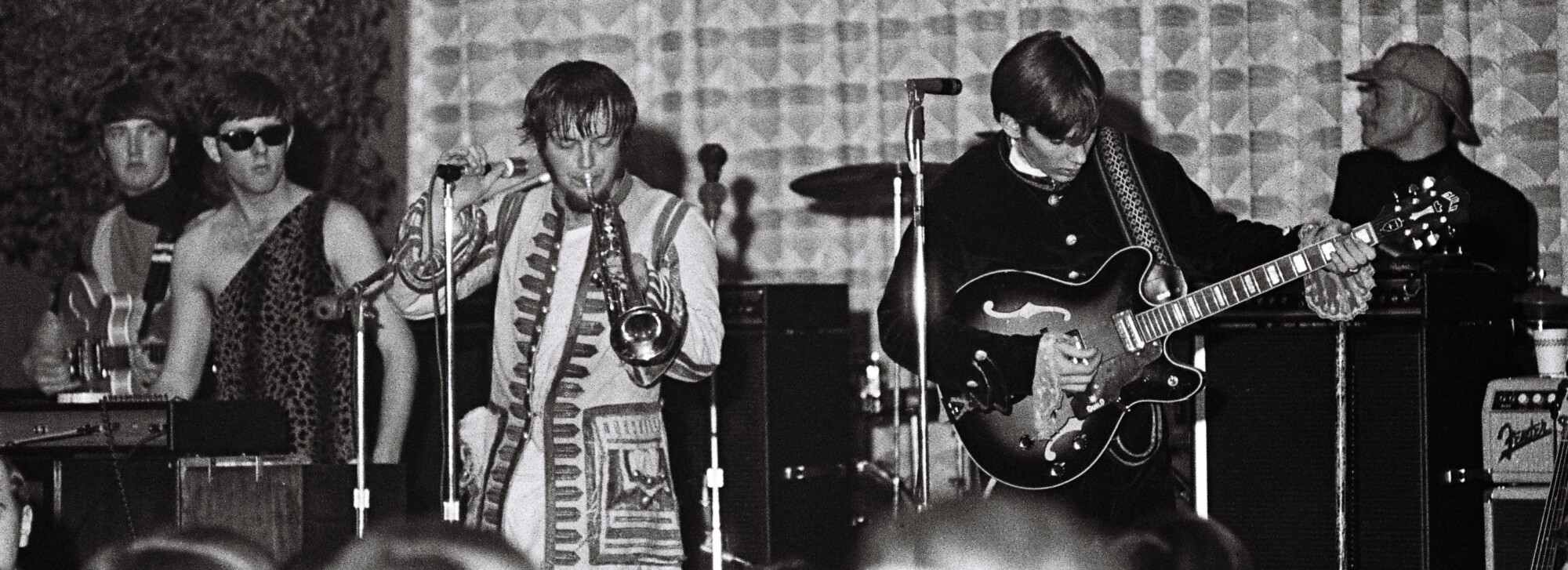
Which songs are you most proud of?
Speaking of “pride” you asked what songs we were most proud of. That would be the songs where we remembered the lyrics or maybe it was the songs that we didn’t remember the lyrics and just made them up as we went along… We soon learned that anyone listening to the lyrics had no idea either…. actually I think some of those made-up lyrics might have been better than the original ones.
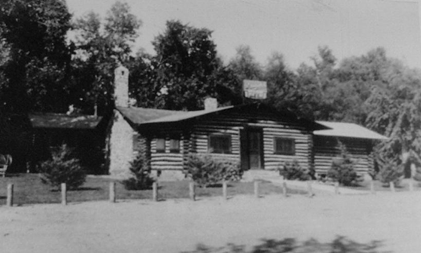
This picture attached shows only the front of Brickies…the main dance area was in the back … The Trip started here [Laughing]
How do you feel about the fact that after more than five decades since recording your album we are still talking about it and not just locally but internationally?
Well of course all of life is full of surprises and some of them are pleasant and some not so much. As I watched life go by, I noticed that when you take a story and distort it beyond the feel of its natural progression, it breaks the illusion and ruins the enjoyment. You have to let the story unfold in a natural way so as not to break the magic or it will drift off course instead of flowing naturally to the ending that it needs to go to. Such it was/is with us.
In the late 1960s we did not know it at the time, but we never were in any danger of becoming famous rock stars no matter how well we played our music. Traveling down two-lane highways in middle America playing bars and ballrooms was not the path to becoming a rock star. If one wanted to become a rock star you needed to drive to New York or Los Angeles and knock-on doors of people that said they had connections in the industry when in fact most were doing the same thing you were doing. If you were “lucky” or “unlucky,” depending on how you define success, you might have found someone who recognized that you had some talent and they might be able to take advantage of you. And if things went according to plan, they would get rich and you would be a rock star until you weren’t. Fortunately we were never interested in becoming rock stars. So, it never occurred to us to take that drive to New York or Los Angeles. Better yet, we were able to find people right in Minnesota that were more than willing to take advantage of us. I don’t recall anyone in the band ever expressing a desire to become famous. Not sure why. Maybe it was just that we felt nobody is special and that everyone is special. Or perhaps we instinctively knew that fame is an illusion and that many that go through that door do not survive, “life” comes too easily and the best parts disappear. The C.A. Quintet drove many miles on those two-lane roads from 1966 until we ran out of gas in 1971. As we drove those roads, we made music and memories. Some of which you could hold in your hands. We had no other “real jobs” but enjoyed the unique “benefits” that came with the territory we traveled including some of which we mistook for reality. I find it interesting that when you are experiencing the “time of your life” you don’t realize it until it is over. And as you look back, if you have no regrets, then you didn’t learn anything.
Tell us more about ‘Trip Thru Hell’?
In 1967-68 a series of events opened a door that allowed us to record on a tape machine that was the same model The Beatles used. A studio/record company owed us some recording time. So, they decided to send in their rookie engineer and let us “fool around in the studio” until things were all square. It was like when the “parents” give the teenagers the keys to the car and tell them to just take it for a little spin around the block. But, instead of taking it for a spin, we went and took it for a ‘Trip Thru Hell’. I had been writing music since I was about fourteen and in 1968, I found myself surrounded by the most marvellously talented and creative musicians that I could ever dream of. The only “complement” my late father ever gave me was he once said, that the only reason I ever had any success in life was because I lived a “charmed life.” In this case he was correct. As we began to record, two other pieces of the puzzle fell into place when a brilliant young studio engineer Steve Longman who joined the project and an extremely talented artist Rod Eaton, volunteered to create the jacket for the album. They saw us making this “get away” and “stealing the studio” so they decided to jumping and come along for the ride. I have been given way too much credit for this album over the years.
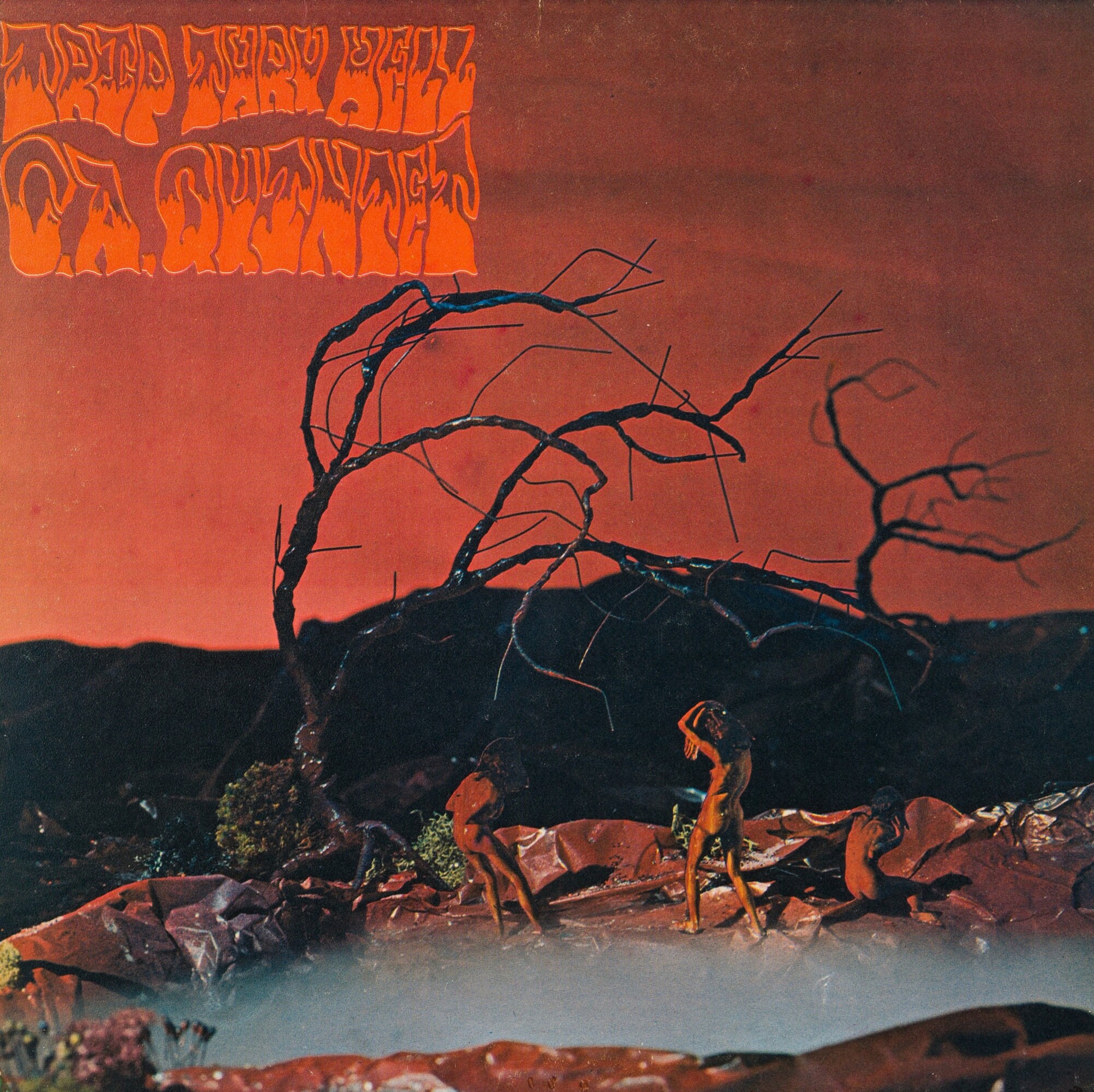
This work was truly a synthesis of all involved as they provided imagination, amazing skills and persistence in the musical performances. As we began the process, we mercifully and quickly sorted through the songs that I had written over the years and eliminated most and kept a few that had a common thread. As we recorded, we never spoke of it, but we knew that the end of our ride was not too far down the road. We knew this would be the last chance that we would ever have to create something just for the joy of creation because those roads in middle America did not lead to anywhere special or even another recording studio. Knowing that, we paid no attention to making something “commercial” and simply concentrated on making the most unique creative thing we could imagine. We poured our hearts into the music until the hours and the hearts ran out, at which time we returned the “keys to the studio,” got back on our bus and resumed driving down those two-lane roads making music in bars and ballrooms.
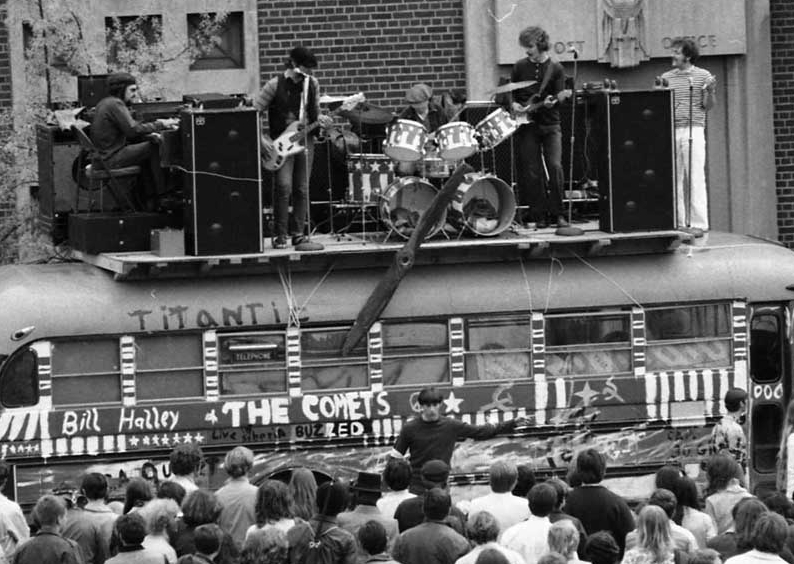
In early 1969, Candy Floss records printed 700 copies of the ‘Trip Thru Hell’ album and put them in the local record stores in Minnesota. For whatever reason they did not print more and never explained why. My best guess is that in addition to the fact that they did not understand what we had just created, they also didn’t have the money to print any more. So we were back traveling in our bus and even occasionally playing on top of the bus. Maybe we were not disappointed as we felt that we had accomplished what we had set out to do. Or maybe we sensed there was going to be more to this story after the two lane roads turned into freeways. In 1971 the bus slowed down enough for us to jump off and we did. And eventually we all walked back through a door in life that led back to the real world and the life that everyone else was living. We were fortunate to again be treated and mistreated just like everyone else. But that was just the first chapter of the story.
Headline photo: C.A. Quintet (October 1967)
C.A. Quintet YouTube
C.A. Quintet interview with Ken Erwin
C.A. Quintet interview with Jim Erwin

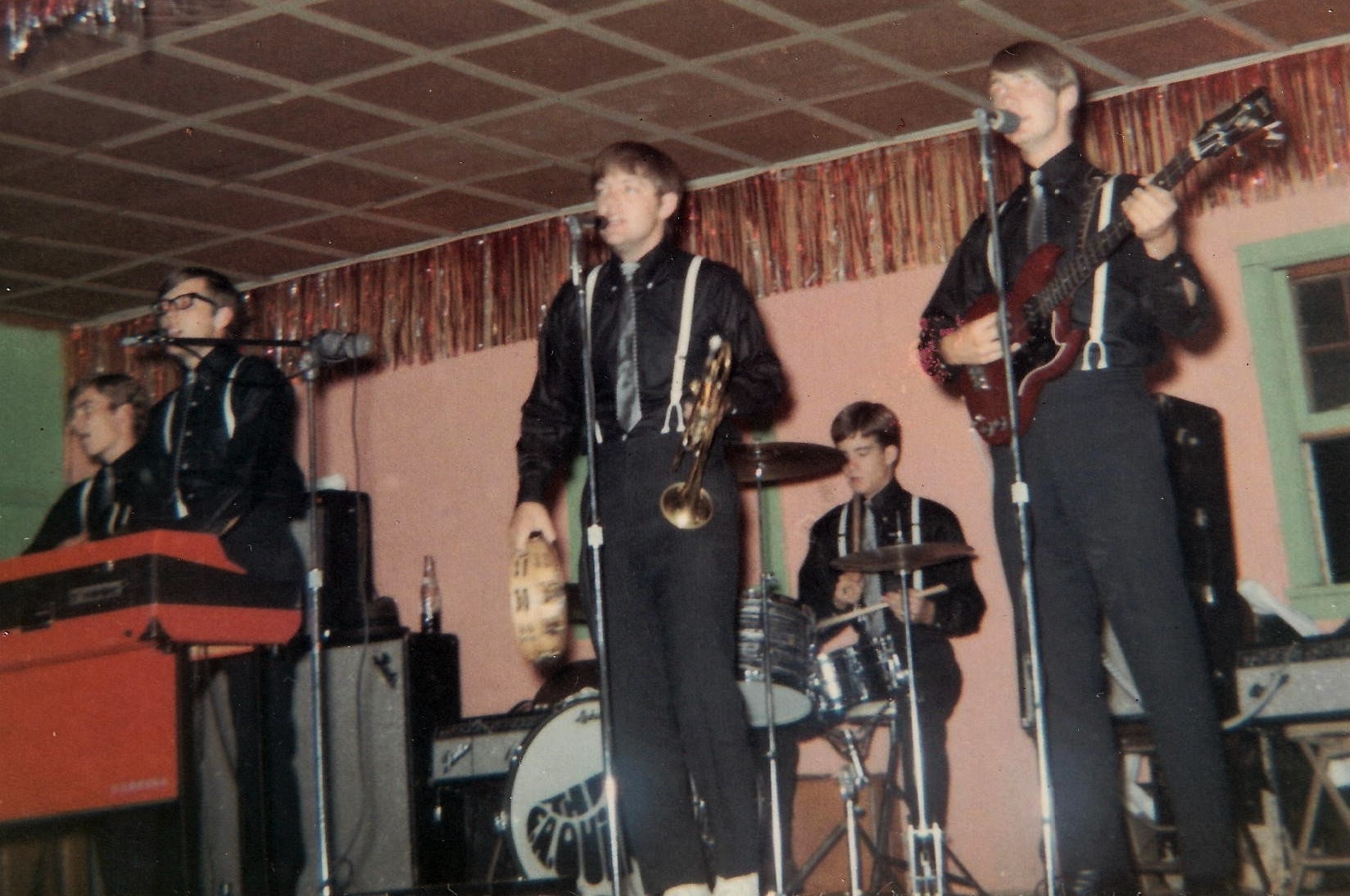
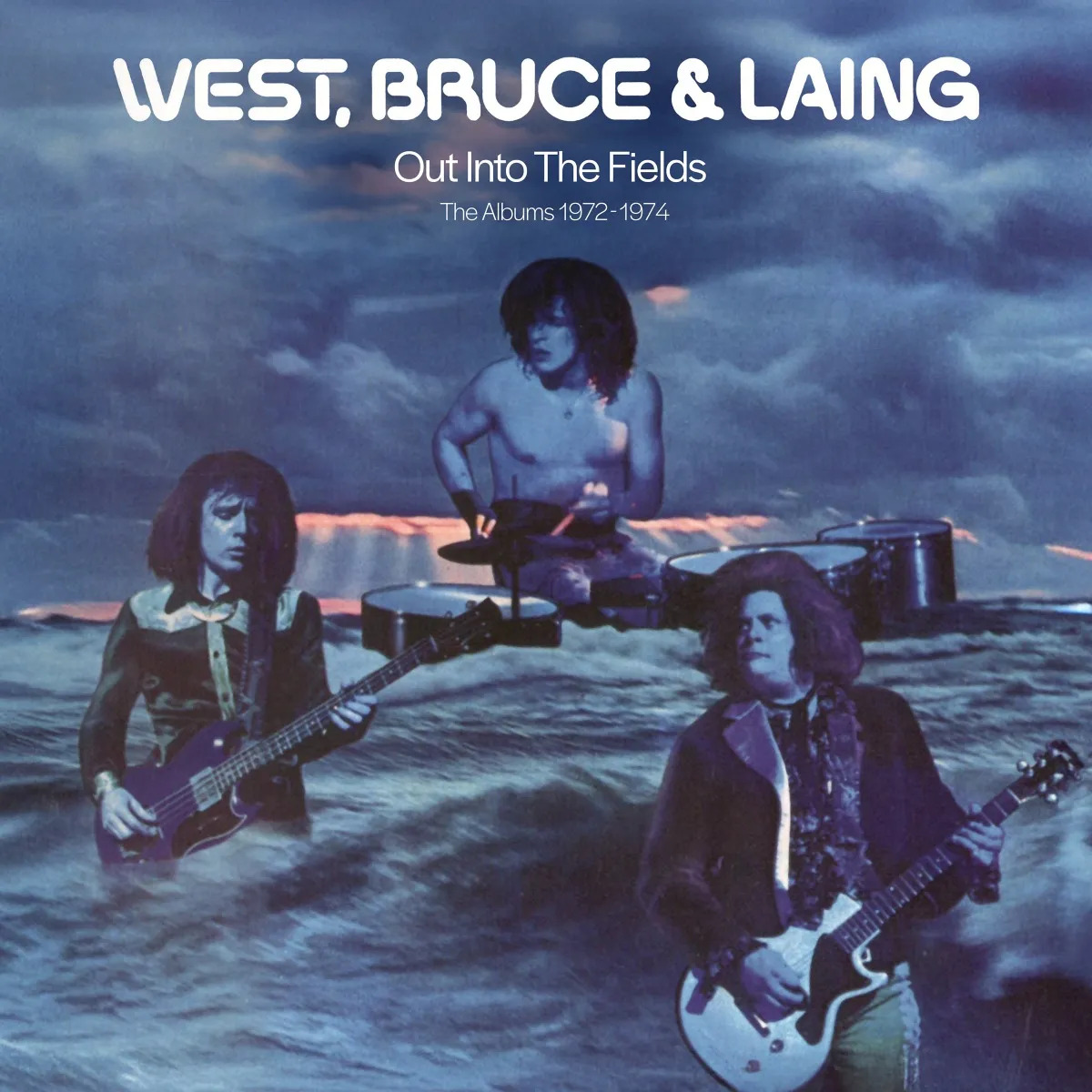
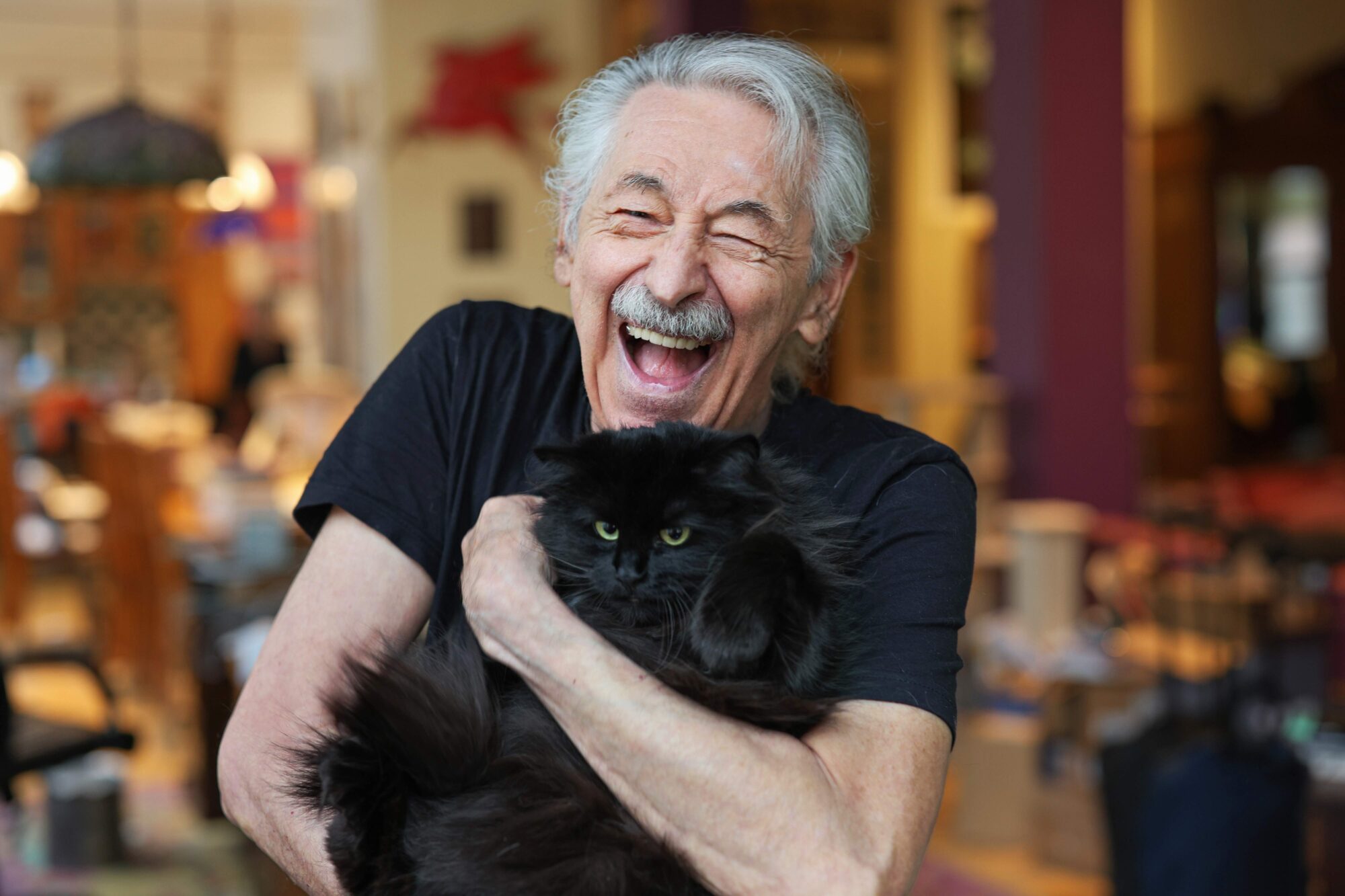
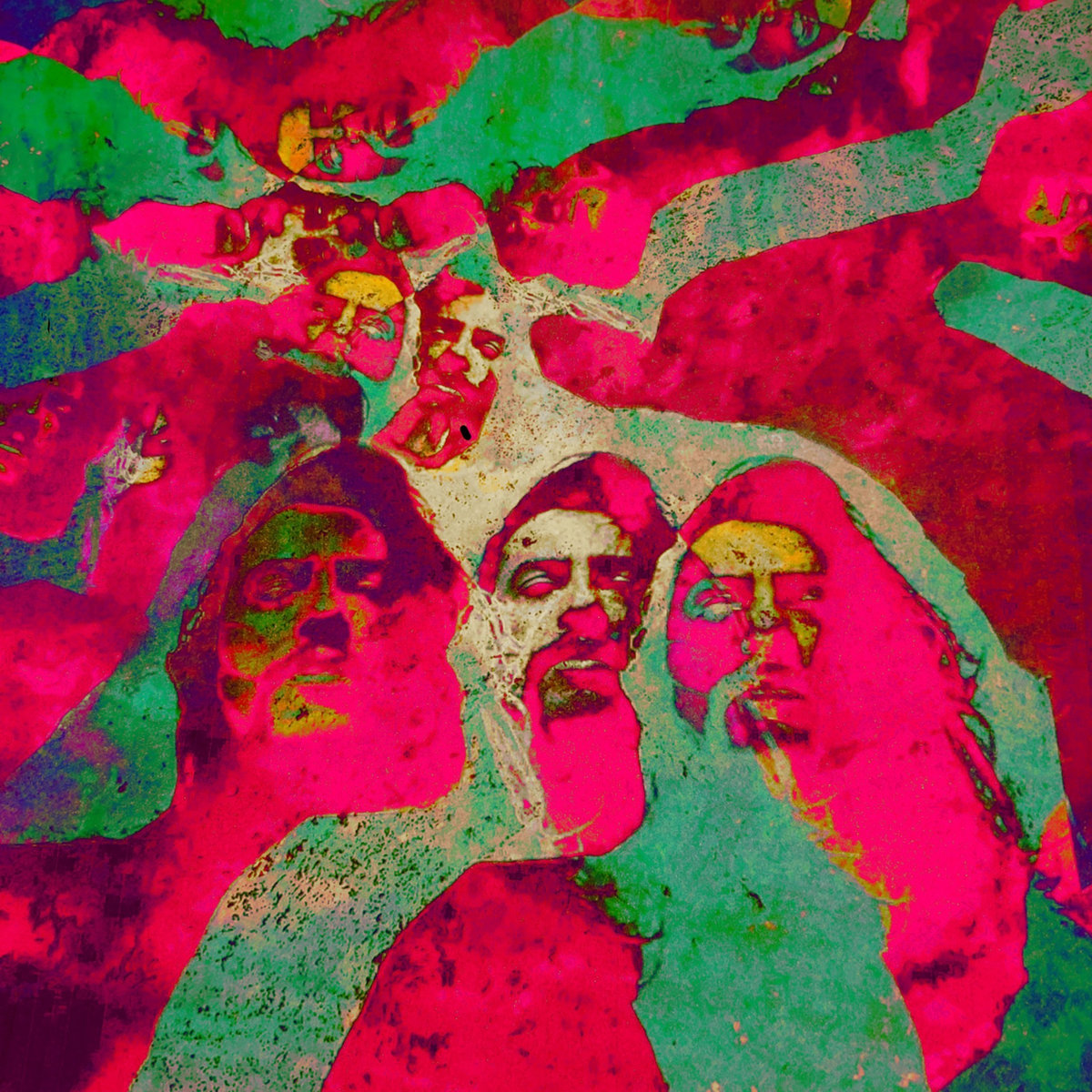
Seriously, while rummaging through an LP pile at a party, I found a Greatest Hits album, no jacket, several artists. If I recall correctly, The CA Quintet featured Mickey’s Monkey & Do ya like good music. Oddly enough, the lable also revealed the name of Jeff Ader, a recording engineer out of NY! Jeff taught a seminar @ Cook House Recording, MPLS, via the RIA. I saw CAQ @ St. Tim’s chuch auditorium in Blaine, Mn. I think Sarge played lead guitar. They even played Light My Fire, minus the keys! I actually did work for Kenny Rogers & Joe Walsh with 3DN & REO. Quite coincidental. No?